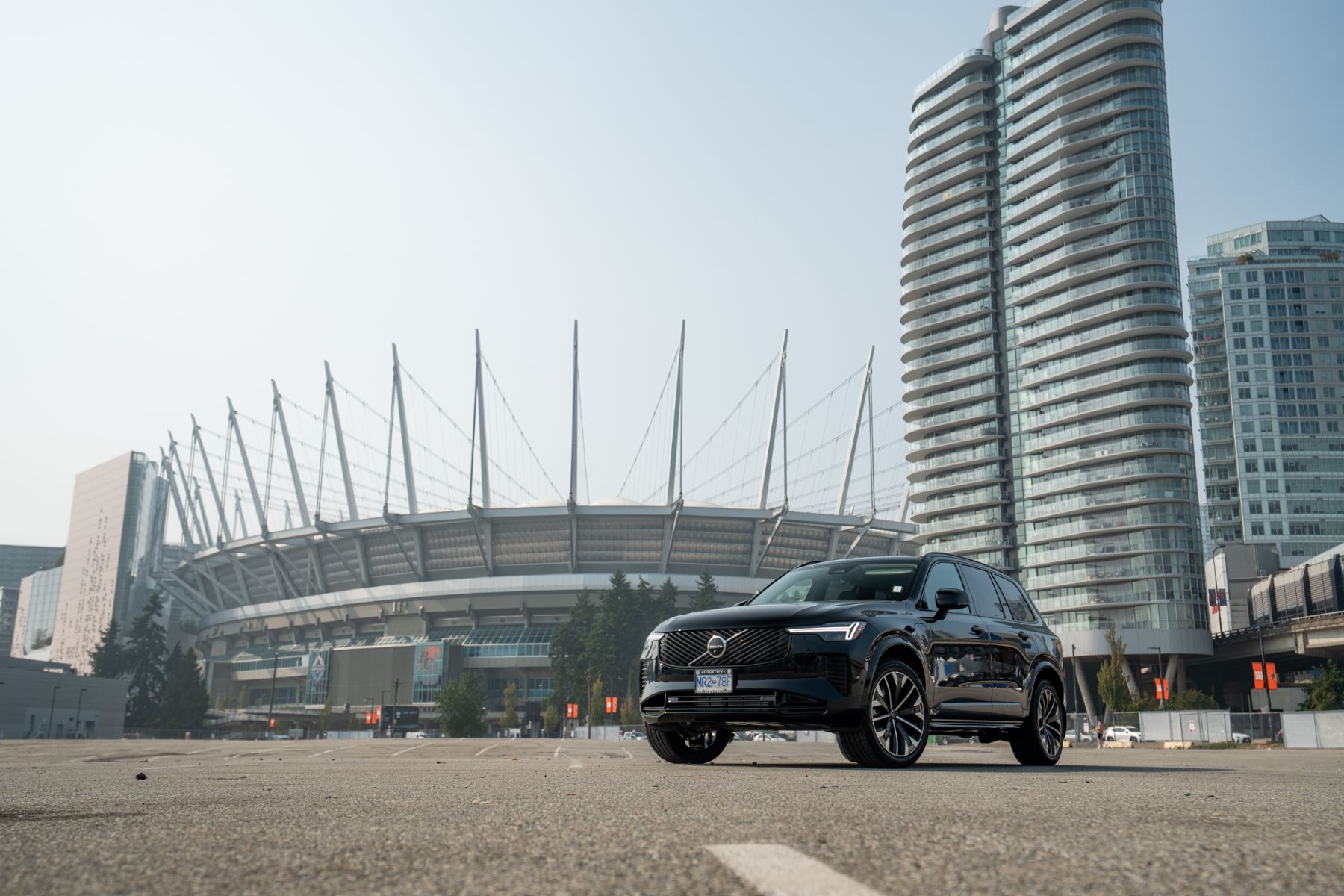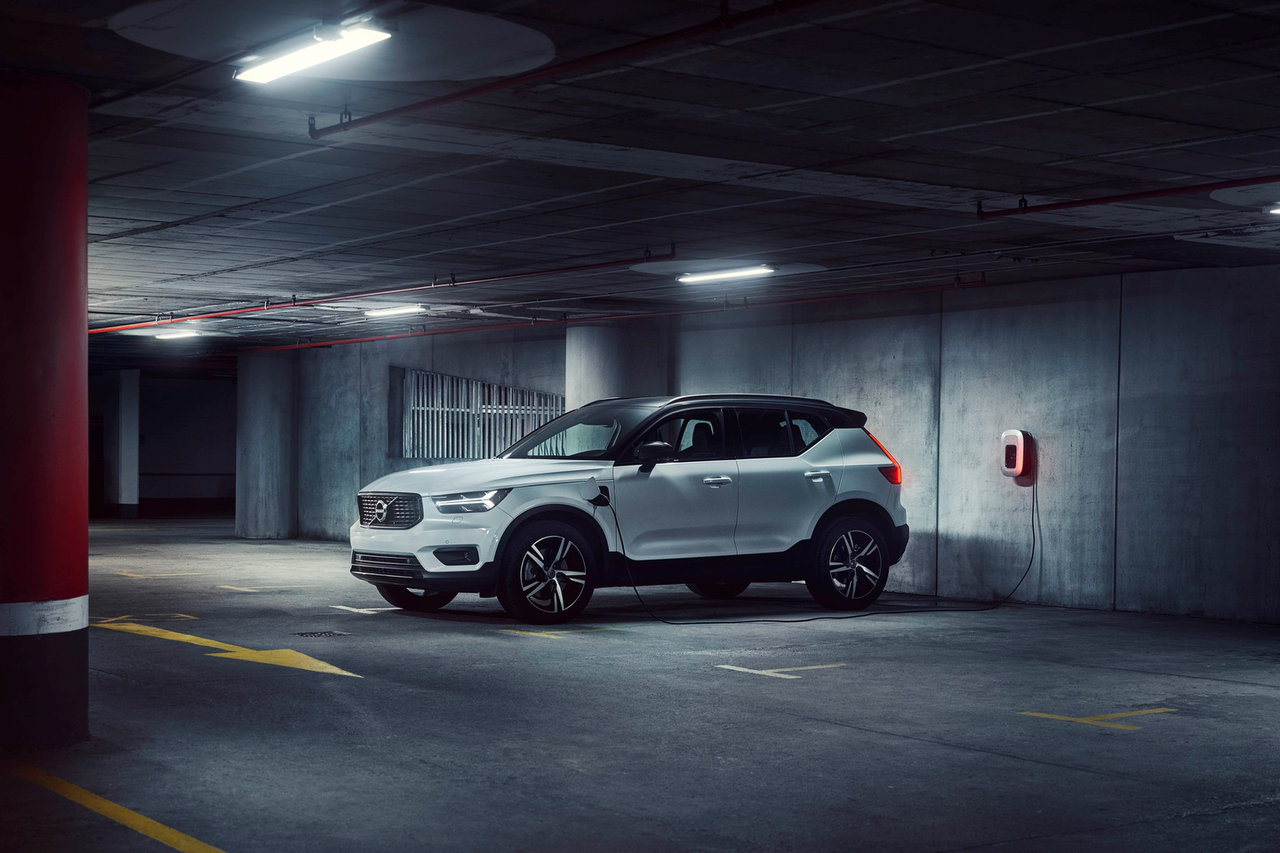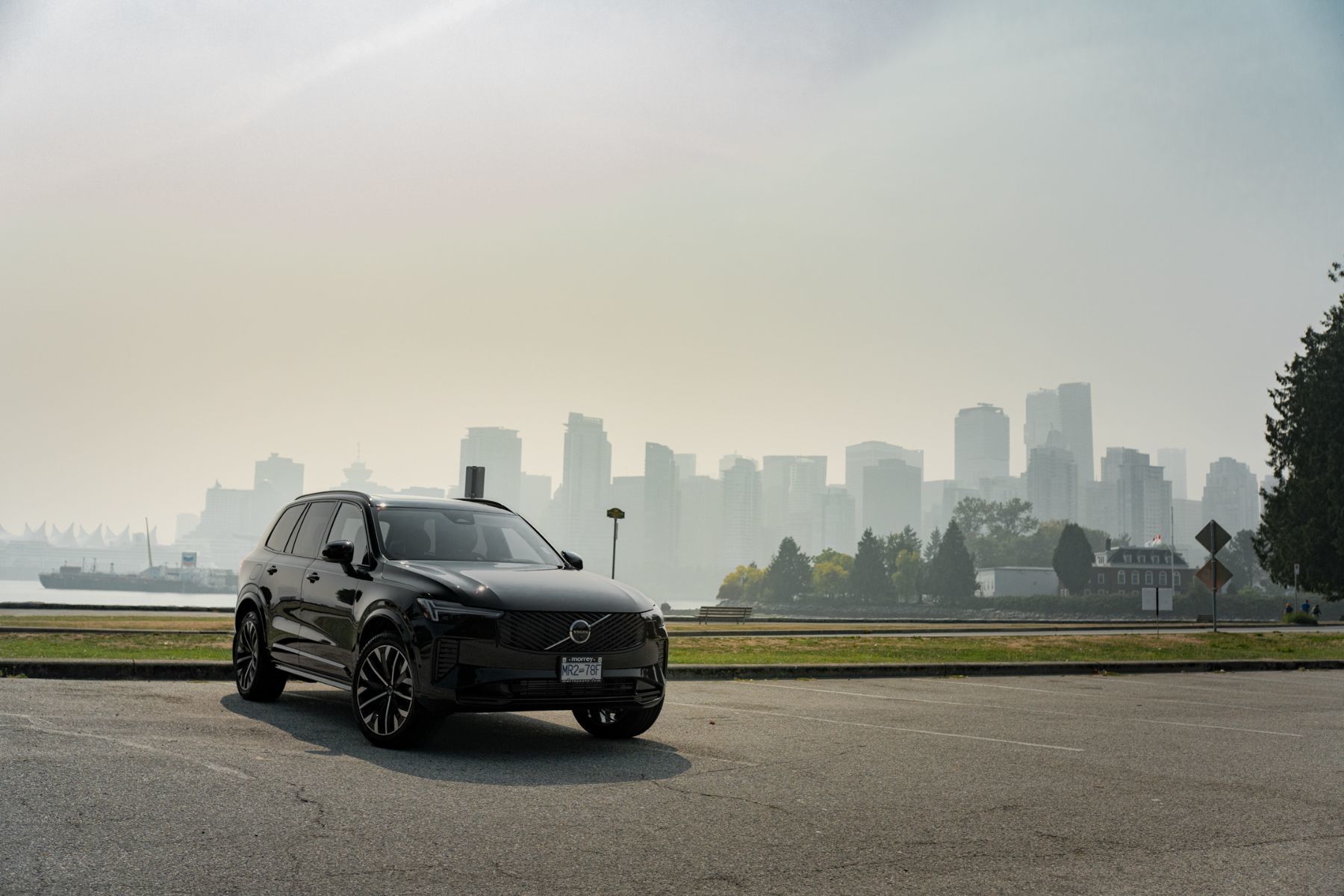
What Are Your Winter Tire Options on the Volvo XC90?
If you drive an XC90 in Metro Vancouver, winter can mean cold rain in the city and snow on the way to Squamish, Whistler, or the Coquihalla. Below...
Read moreMorrey Volvo Cars Burnaby

Winter is just around the corner over here in Canada, and you're gonna spend your first winter with your new electric vehicle? Here are a few tips to get the most out of your range over the cold winter months.
A lot of people think that electric vehicles (EVs) don't do well in cold weather, but that's not necessarily true. The main thing that affects an EV's range in the cold is actually the battery. A battery produces less power when it's cold, which means that an EV will use more energy to maintain a certain speed. However, there are a few things you can do to help offset this loss in power and extend your range.
First, make sure to keep your battery charged up as much as possible. This may mean plugging in more often than you're used to, but it's worth it to avoid being stranded with a dead battery.
Second, try to avoid using high-energy functions like heat and seat warmers as much as possible. These functions use a lot of power and can quickly drain your battery.
Third, if your car is equipped with a heat pump, you can use that to heat the cabin more efficiently. A heat pump uses less power than the standard heater and can help to extend your range.
Finally, plan your routes ahead of time so that you can stay on the main roads as much as possible. Side roads tend to be covered in snow and ice, which can reduce your traction and increase your energy consumption. Also, sticking to the main roads will more likely be closer to a charger if you need to stop and recharge.
Electric vehicles are a great option for those looking for an eco-friendly way to get around, but they're not without their challenges. One of the biggest challenges EVs face is the reduced range in cold weather climates. However, you can do a few things to offset this loss in power and extend your range. By following these simple tips, you'll be able to maximize your EV's range this winter and enjoy all the benefits of owning an electric vehicle year-round.

What Are Your Winter Tire Options on the Volvo XC90?
If you drive an XC90 in Metro Vancouver, winter can mean cold rain in the city and snow on the way to Squamish, Whistler, or the Coquihalla. Below...
Read more
Why You Should Consider the 2026 Volvo XC90 T8 Plug-in Hybrid Plus Dark
You want an SUV that makes the weekday commute quiet and efficient, then takes your family up the Sea-to-Sky without a second thought. The 2026...
Read more
2026 Volvo XC90 B6 AWD Ultra Bright 6-Seater: FAQ
Power, Fuel, and Towing in BC What engine and power does the B6 have? A refined 2.0-litre mild-hybrid four-cylinder with about 295 hp and 310 lb-ft...
Read more